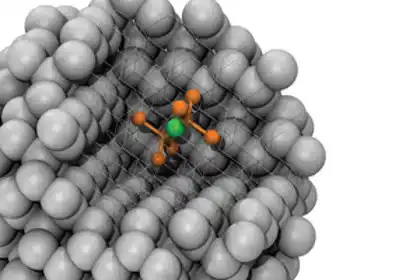افشین رشید
اُستادیار ؛ عضو هیات علمی دانشگاه آزاد اسلامی واحد علوم و تحقیقات تهران
615 یادداشت منتشر شدهNano Polymer in The Structure of Nano Materials

Note: Nanopolymers, unlike most composites, cannot be separated in solutions and include amino groups as the main constituents, which may be of all combinations of carbon atoms, depending on the chemical nature of the monomers used in polymer synthesis. , oxygen and nitrogen are formed.
A polymer or copolymer containing dispersed nanoparticles is a nano polymer. These nanopolymers can be linear or branched. Linear nanopolymers or polymalic acid have functional groups distributed along the entire length of the polymer, while branched polymers such as dendrimers usually carry them at the molecular level.

Nano sensors are classified in different ways. One of these categories is based on the shape of nanoparticles and their application as follows:
A- Nanostructured materials: such as porous silicon, nanosensors made of these materials are used to identify chemical and biological reactions.
B- Nanoparticles: such as nanoscale spherical materials that are used as optical-biological, optical-chemical receptors and spatial image sensors. Like silicon nano particles that are used as biosensors. Also, nanosensors can be divided into three categories based on their structure: quantum dots, carbon nanotubes, and nanotools.
Conclusion :
A polymer or copolymer containing dispersed nanoparticles is a nano polymer. These nanopolymers can be linear or branched. Linear nanopolymers or polymalic acid have functional groups distributed along the entire length of the polymer, while branched polymers such as dendrimers usually carry them at the molecular level.